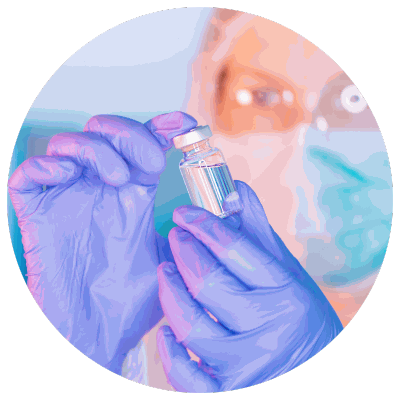Findings in microbiology offer potential in new drug therapies for Tuberculosis
June 08, 2023 | Microbiology Lab
University of Massachusetts Amherst microbiologists say they have identified a long-sought gene that plays a critical role in the growth and survival of the tuberculosis (TB) pathogen. The discovery offers a potential target for drug therapies for a deadly disease that has few effective treatments and in 2021 alone sickened 10.6 million worldwide and caused 1.6 million deaths, according to the World Health Organization.
In an article titled “Tuberculostearic Acid Controls Mycobacterial Membrane Compartmentalization,” published in mBio, the research showed that the putative gene cfa encodes an essential enzyme directly involved in the first step of forming tuberculostearic acid (TBSA), a unique fatty acid in the cell membranes of mycobacteria. TBSA was first isolated from mycobacteria nearly 100 years ago but exactly how it’s synthesized had remained elusive.
“People have been interested in understanding how this lipid is made and what it is doing in the cell,” notes Morita. “Malavika figured out that Cfa is the enzyme that makes this lipid, which is such a unique lipid that researchers have been pursuing this lipid as a diagnostic marker for TB.”
In previous experiments, the Morita lab had noted that plasma membrane domains found at polar regions of the cell were important for the growth of the mycobacteria.
The TB pathogen usually stays alive but dormant in the body for years or decades, thanks to its protective surface structure. Morita and his team work on a nonpathogenic model organism primarily to figure out what features of bacteria are needed for them to survive and grow.
The researchers found that TBSA also prevents “tight packing” inside the membrane. “If the membrane is too rigid, it cannot function properly, and so the membrane dynamics, or maintaining membrane fluidity, is very important,” according to Morita. “What we showed in this paper is that tuberculostearic acid is likely a very important molecular key for maintaining this proper fluidity.”
The findings are expected to help researchers take the next step toward developing new TB treatments.

